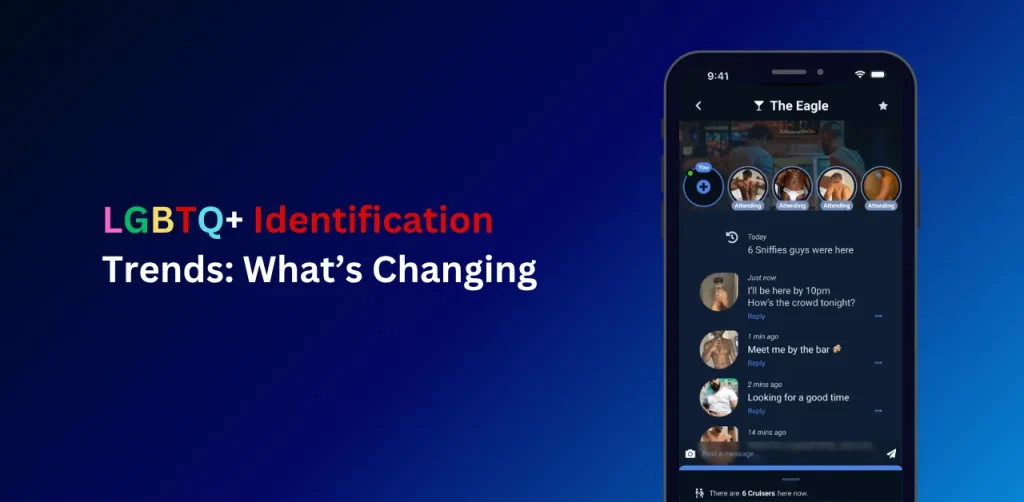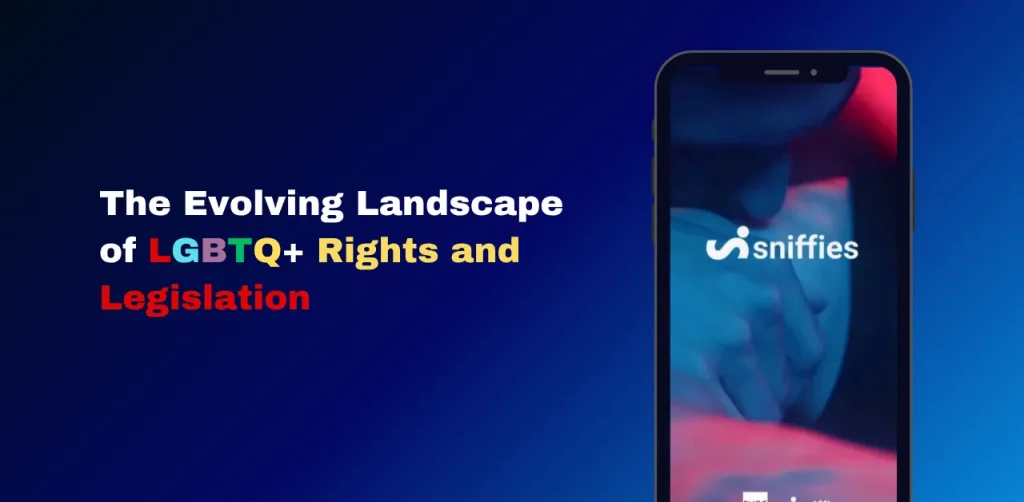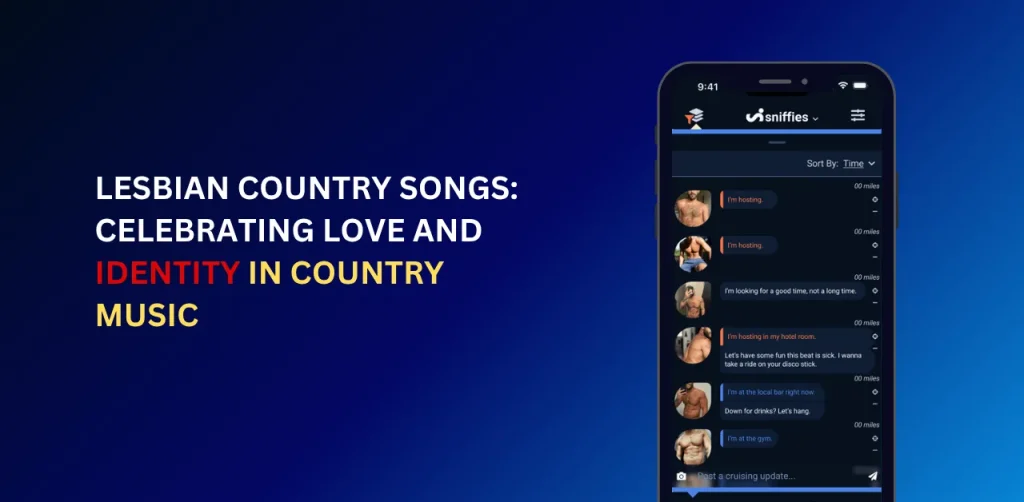Polysexual Flag: Meaning, Design, and Significance
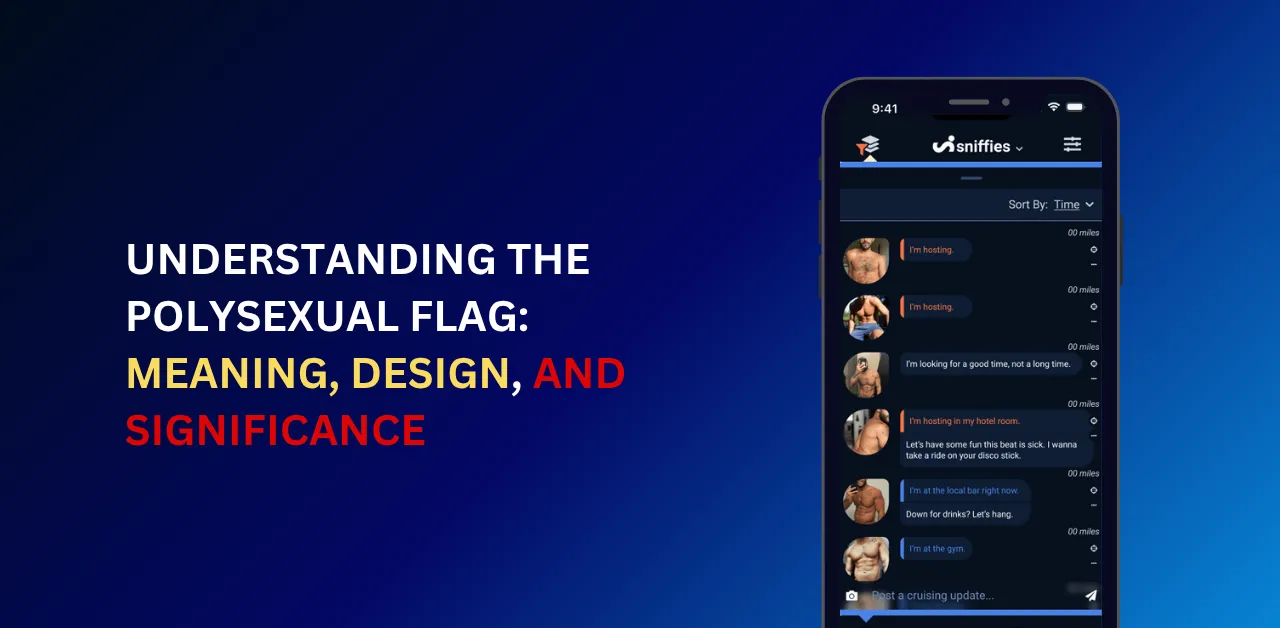
Curious about the vibrant polysexual flag?This flag, with its bold pink, green, and blue stripes, represents pride and identity for the polysexual community. Dive into its meaning, design, and cultural significance to understand its role in celebrating diverse attractions. Read on to explore the flag’s symbolism, how it differs from other pride flags, and why it matters. Whether you’re part of the community or an ally, this guide answers your questions about the polysexual flag in a clear, engaging way.
What Is Polysexuality?
Polysexuality refers to attraction to multiple genders, but not necessarily all, distinguishing it from pansexuality. The term embraces the complexity of human attraction, acknowledging that identity and orientation exist on a spectrum. Polysexual individuals may be attracted to various gender identities, such as men, women, non-binary, or genderqueer people, without encompassing every gender. This nuanced identity is celebrated through the polysexual flag, a powerful symbol of visibility and pride.
- Key Distinction: Unlike bisexuality (attraction to two or more genders) or pansexuality (attraction to all genders), polysexuality focuses on specific multiple genders.
- Community Insight: Based on discussions in online forums, polysexual individuals value the flag as a way to affirm their unique place within the LGBTQ+ spectrum.
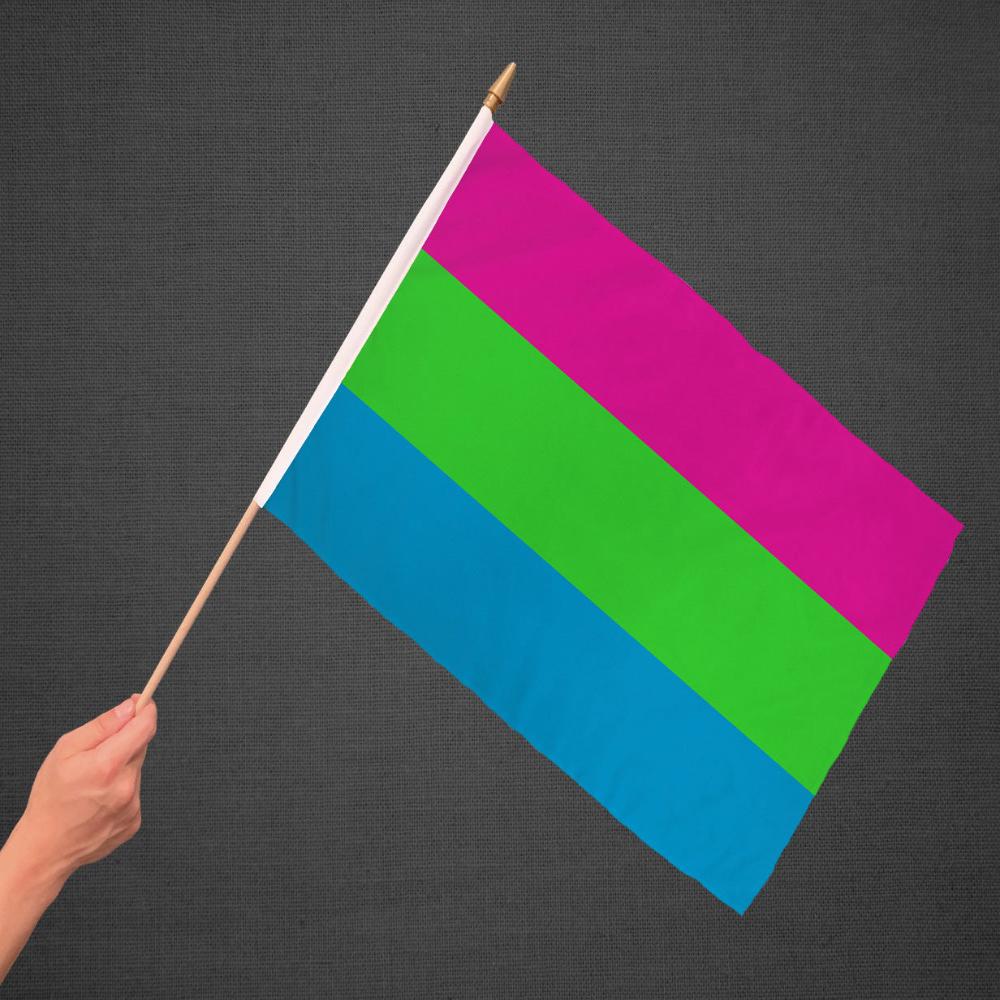
If you found this interesting, you might also enjoy reading our related article on Omni Flags: Everything You Need to Know
The Polysexual Flag: Design and Colors
The polysexual flag, created in 2012 by a Tumblr user named Samlin, features three horizontal stripes: pink, green, and blue. Each color carries a distinct meaning, reflecting the diversity and inclusivity of polysexual identity.
Color Meanings
- Pink: Represents attraction to women and feminine identities. This vibrant hue symbolizes love and connection within this spectrum.
- Green: Signifies attraction to non-binary and genderqueer individuals, highlighting the flag’s inclusivity of non-traditional gender identities.
- Blue: Stands for attraction to men and masculine identities, completing the trio of colors that embody polysexual diversity.
Design Significance
The flag’s simple yet bold design ensures visibility and recognizability. Its horizontal stripes mirror other pride flags, creating a sense of unity within the broader LGBTQ+ community. The colors are chosen to reflect the spectrum of attractions, making the flag a powerful emblem of polysexual pride.
Why the Polysexual Flag Matters
The polysexual flag serves as more than a symbol—it’s a beacon of identity, visibility, and community. For polysexual individuals, it provides a way to express their unique orientation in a world that often misunderstands or overlooks it. Here’s why it’s significant:
- Visibility: The flag raises awareness about polysexuality, fostering understanding among allies and the broader public.
- Community: It unites polysexual individuals, creating a sense of belonging and shared identity.
- Celebration: Displaying the flag during pride events or online amplifies polysexual pride and encourages inclusivity.
Example: During Pride Month, many polysexual individuals share flag-themed art or wear flag colors to celebrate their identity, as seen in community posts on platforms like Reddit.
How the Polysexual Flag Differs from Other Pride Flags
Understanding the polysexual flag requires distinguishing it from similar pride flags, such as those for bisexual, pansexual, or omnisexual identities. Here’s a quick comparison:
| Flag | Colors | Meaning |
|---|---|---|
| Polysexual | Pink, Green, Blue | Attraction to multiple, but not all, genders. |
| Bisexual | Pink, Purple, Blue | Attraction to two or more genders, often emphasizing binary genders. |
| Pansexual | Pink, Yellow, Blue | Attraction to all genders, regardless of identity. |
| Omnisexual | Pink, Purple, Blue, Black, Gray | Attraction to all genders with a preference for specific gender expressions. |
What Does the Polysexual Flag Look Like?
The flag consists of three horizontal stripes: pink at the top, green in the middle, and blue at the bottom. Its clean design is both striking and symbolic.
How Is Polysexuality Different from Pansexuality?
Polysexuality involves attraction to multiple genders, while pansexuality encompasses all genders. The polysexual flag’s colors reflect this selective attraction.
Where Can I Find Polysexual Flag Merchandise?
Reputable retailers like The Pride Store or Etsy offer polysexual flag pins, stickers, and clothing. Always choose vendors that support LGBTQ+ causes.
Using the Polysexual Flag in Pride Events
The polysexual flag is a staple at pride parades, festivals, and online campaigns. Here’s how to incorporate it meaningfully:
- Display with Pride: Use the flag in banners, clothing, or social media graphics to show support.
- Combine with Other Flags: Pair it with other pride flags to celebrate intersectional identities.
- Educate Others: Share the flag’s meaning during events to spark conversations about polysexuality.
Addressing Misconceptions About Polysexuality
Misunderstandings about polysexuality can create confusion. Here are common myths, debunked:
- Myth: Polysexuality is the same as polyamory.
- Fact: Polysexuality is about attraction to multiple genders, while polyamory involves multiple romantic relationships.
- Myth: The polysexual flag is a recent trend.
- Fact: Created in 2012, the flag has been a recognized symbol for over a decade.
Source: Insights from LGBTQ+ advocacy groups like The Trevor Project confirm these distinctions.
The Future of the Polysexual Flag
As society becomes more inclusive, the polysexual flag’s visibility is likely to grow. Online communities, like those on Tumblr and Reddit, continue to share flag-inspired art and stories, ensuring its relevance. Future pride events may see expanded use of the flag, especially as awareness of non-binary and genderqueer identities increases.
Trend Insight: Recent posts on X highlight growing interest in polysexual pride merchandise, indicating rising demand for flag-related products.
Conclusion
The polysexual flag is a vibrant symbol of pride, identity, and inclusivity. Its pink, green, and blue stripes celebrate attraction to multiple genders, offering visibility and community to polysexual individuals. By understanding its design, meaning, and significance, you can support the polysexual community as an ally or member. Whether you’re displaying the flag at pride events or sharing its story online, you’re contributing to a more inclusive world. Explore more about polysexuality through trusted resources and join the conversation today.
dont miss out to check out our latest article Lesbian Pride Flag & Omni Flags



